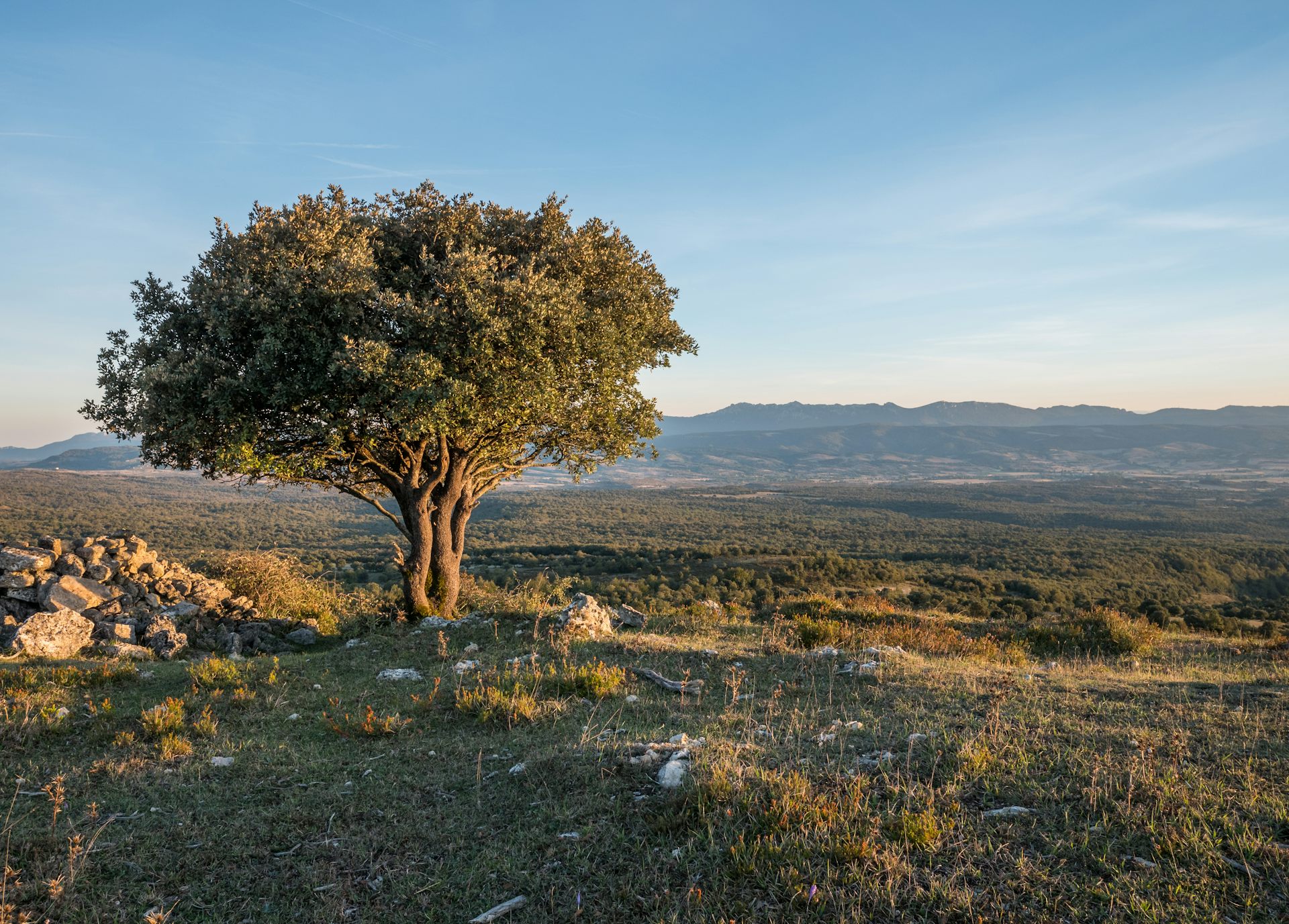
In addition, while Cosimo is living apart from his family, we see through his brother Biagio’s eyes, the tyrannical and mad aspects of the di Rondò family life, as the loveless marriage of their parents begets arranged marriages that lead to tragedy for the brothers’ sisters. The view in the trees might be higher than that on the ground, but it is also obscured, a point which Calvino exploits at times, especially with Cosimo’s love affair with Viola. Having a protagonist wandering from tree to tree, living separate and yet surrounded by grounded humans and their concerns, allows Calvino to keep Cosimo slightly distant and aloof from our affairs without removing him from quotidian concerns.
#Italo calvino baron in the trees full#
Yet Cosimo is not a full stand-in for Emile in his experiences living from tree to tree (often carried out to exaggerated effect, such as when later in life he comes to talk with Napoleon), he converses with people, famous and ordinary alike, about then-current philosophical trends, on life, on suffering, and all the emotional palettes that comprise that rich painting we call life.Ĭalvino treads a fine line between the reduction of this tale into farce and the possibility that Cosimo might become merely a moralizing spokesperson. This rather exaggerated defiance of paternal power (and paternalism in general) resembles in some ways Rousseau’s then-radical ideas on youth and their education. Cosimo in his youth rejects his father’s authoritarian, aristocratic ways, declaring as he climbs into a nearby oak tree that he will never again set foot on earth. Yet despite this and the adoption of the more innocuous “The Baron in the Trees” title over the more direct “The Rampant Baron,” the translation does succeed in capturing much of the general thrust of Calvino’s story. Throughout the rest of the story, there are several other small yet sometimes significant semantic shifts that occur in the translation into English. Cosimo, and his narrator brother of course, are not simply well-to-do bourgeois who live in grand houses they have some seigneurial rights in the region of Ombrosa (the boys’ father has his heart set out to regaining the lapsed title of Duke of Ombrosa for the family). In the excerpt provided above, Colquhoun in his substitution of “house” for “villa” removes the aristocratic element from the di Rondò residence. The English translation, done by Archibald Colquhoun in 1959, for the most part attempts to remain true to the basics of the story, but there are times where Colquhoun changes the imagery Calvino employs. The passage quoted above is from the first paragraph of the story. It is in turns a comic and tragic novel, seen through the travels and experiences of the tree-dwelling man, Cosimo. Set in the waning years of the aristocratic 18th century, Calvino through the Rousseauesque lead of Cosimo explores the changes that occurred in Europe from the days of the Enlightenment through the French Revolution, Napoleon, and the short-lived restoration of near-absolute monarchs in Western and Central Europe. His 1957 novel, Il Barone Rampante ( The Baron in the Trees in English translation), however, might be his most picturesque. Italian author Italo Calvino wrote stories and novels of all shapes and forms from his earliest published tales in the 1940s up until his death in 1984. Cosimo said: “I told you I don’t want any, and I don’t!” and pushed away his plateful of snails. A breeze was blowing from the sea, I remember, rustling the leaves. It was midday, the old traditional hour followed by our family, though by then most nobles had taken to the fashion set by the sluggard Court of France, of dining halfway through the afternoon.

#Italo calvino baron in the trees windows#
We were in the dining room of our house at Ombrosa, the windows framing the thick branches of the great holm oak in the park. And it might have been today, I remember it so clearly.



It was on the fifteenth of June, 1767, that Cosimo Piovasco di Rondò, my brother, sat among us for the last time.


 0 kommentar(er)
0 kommentar(er)
